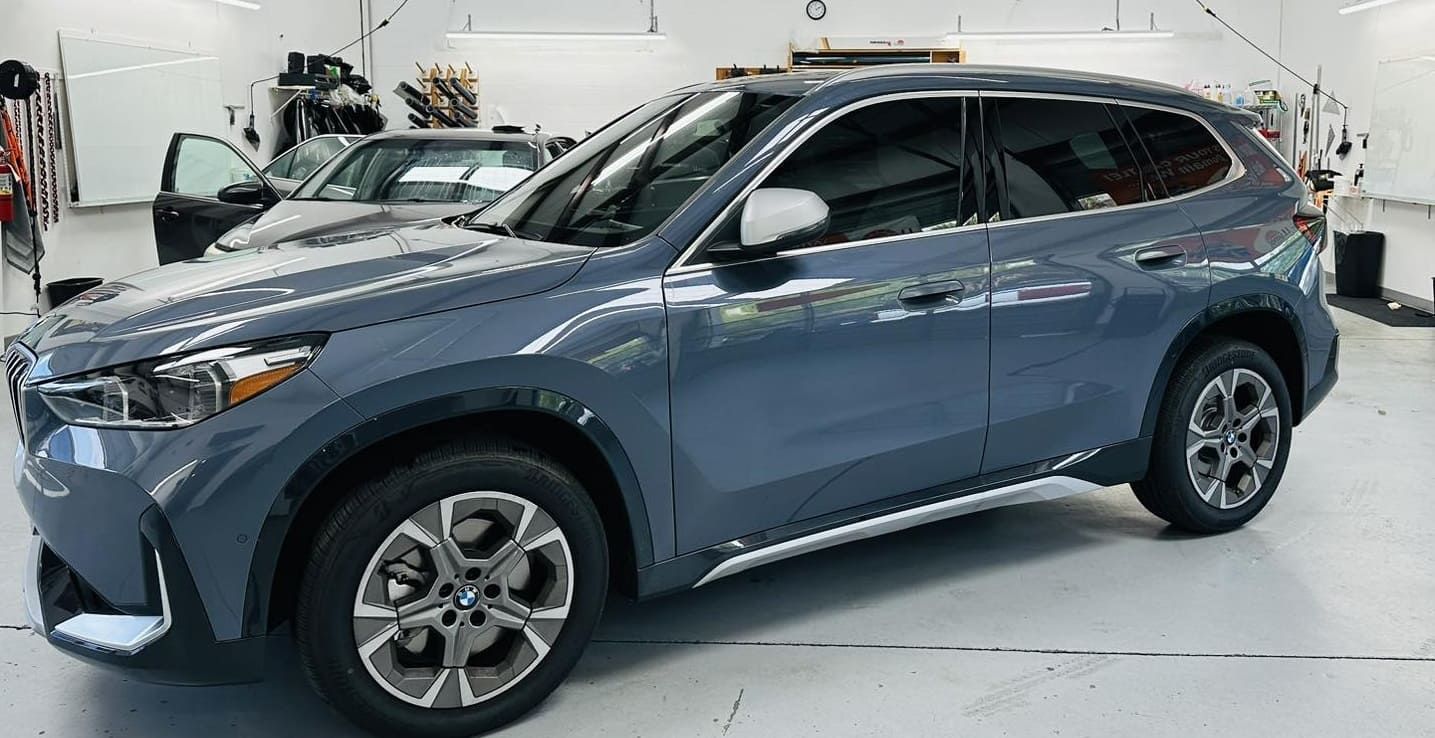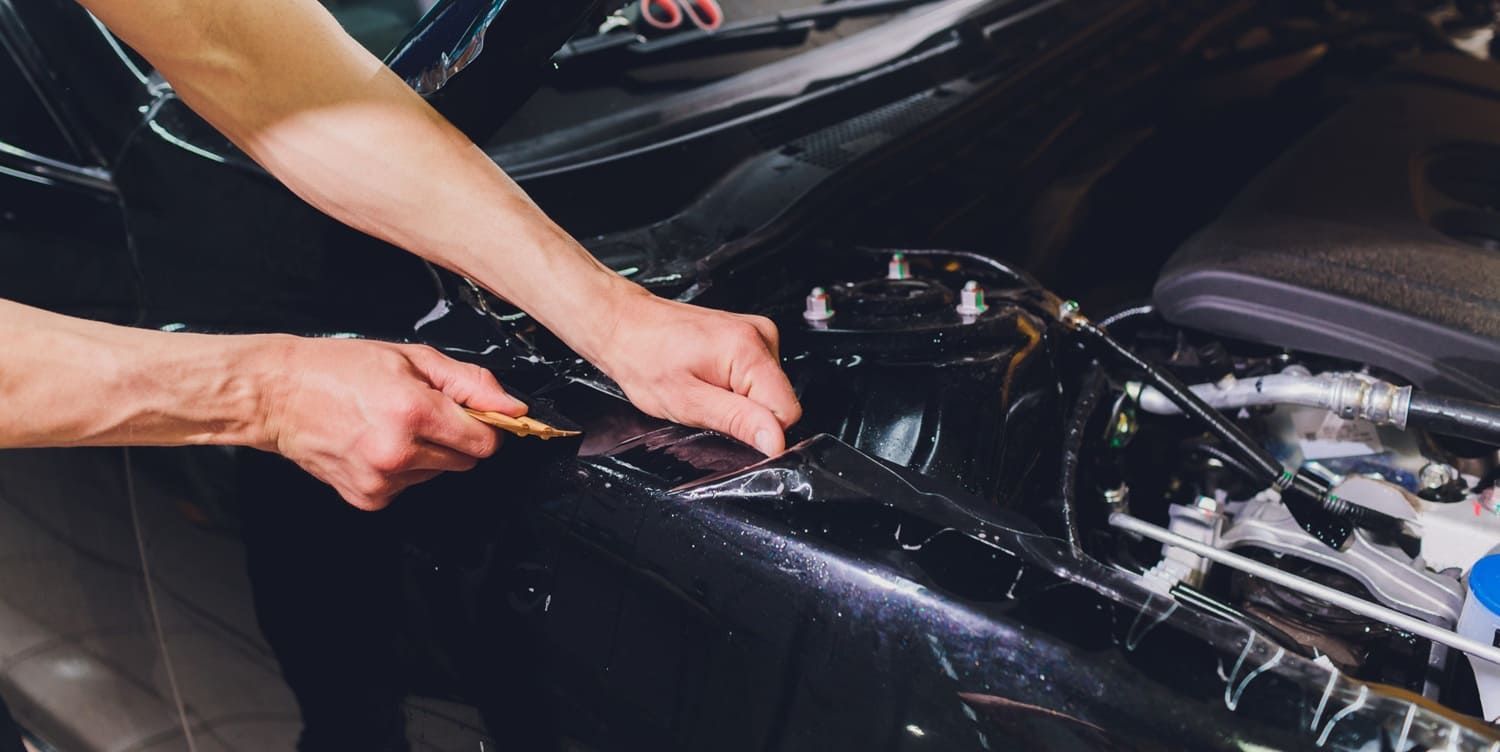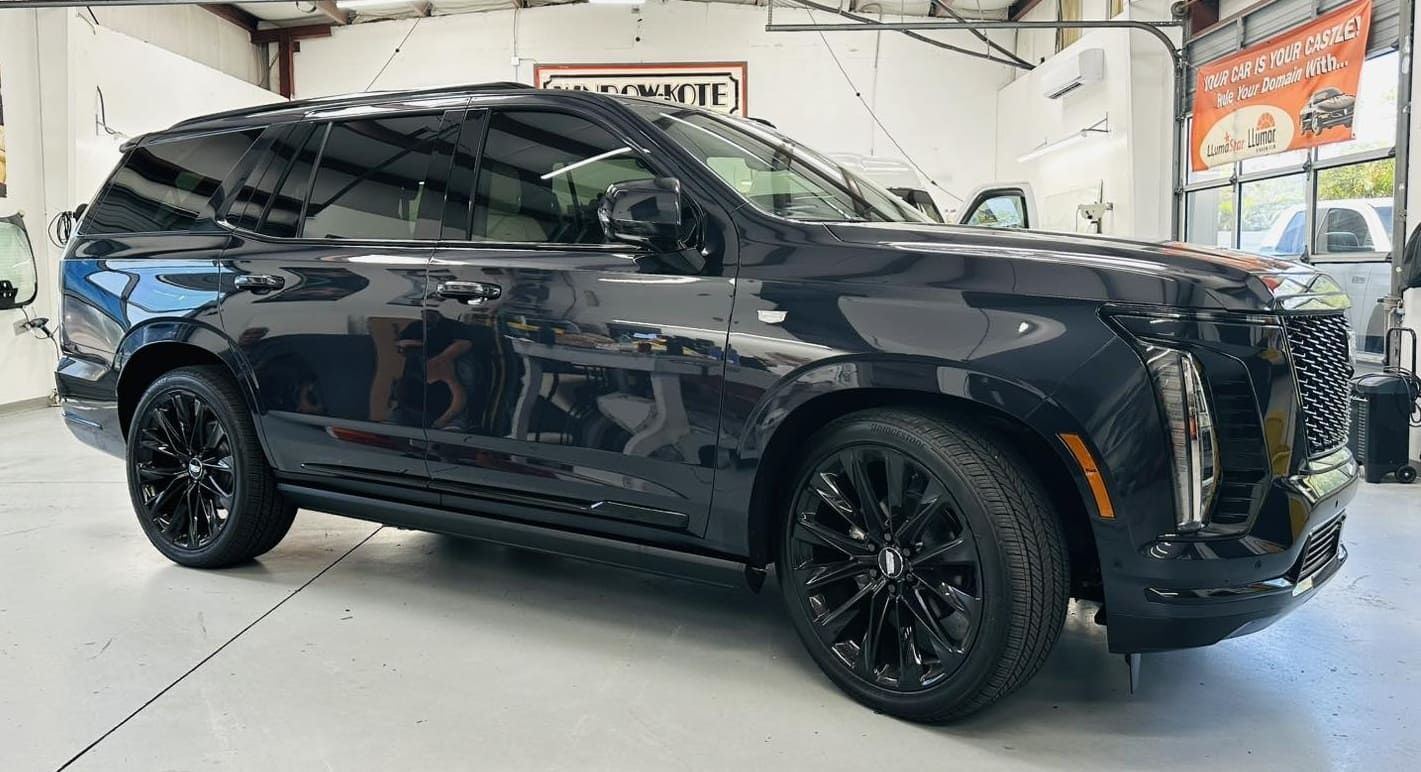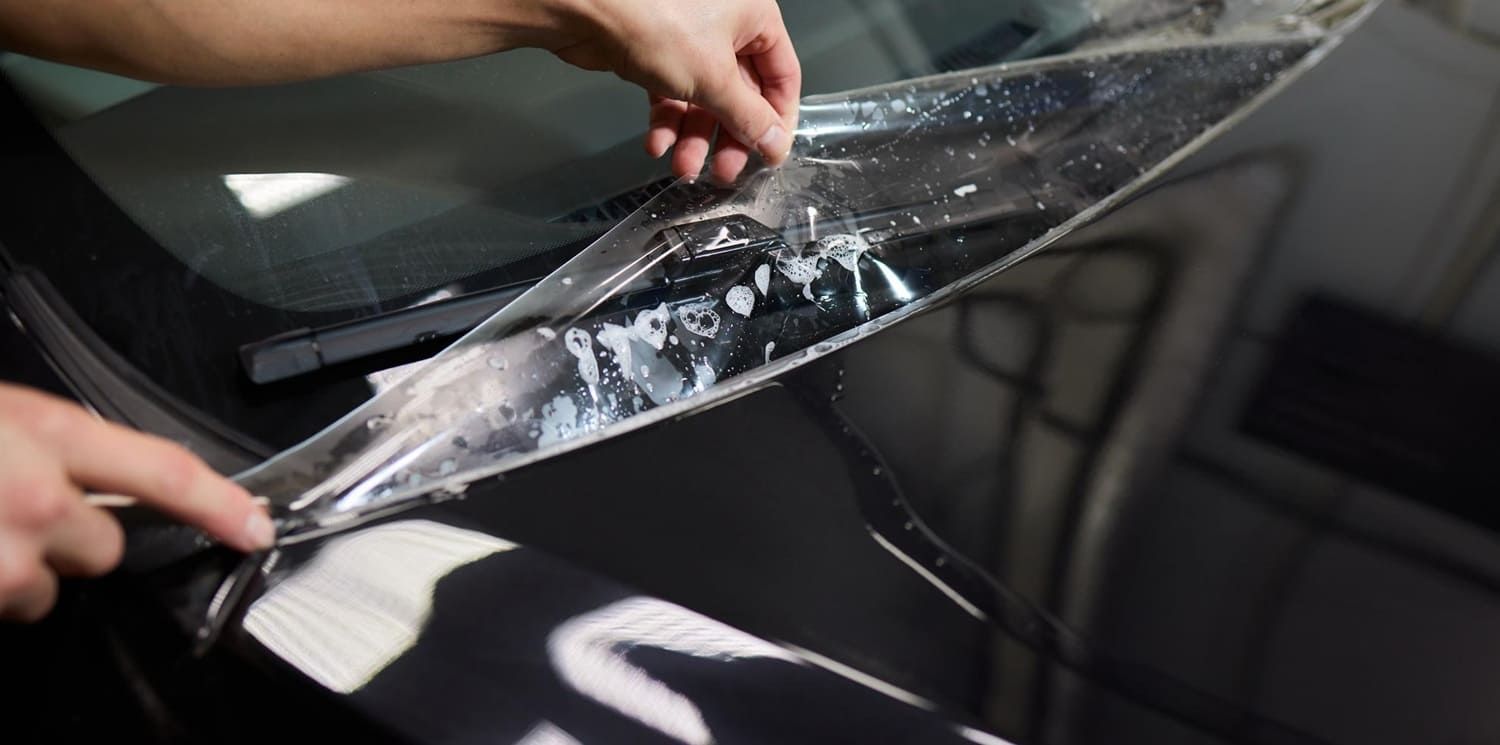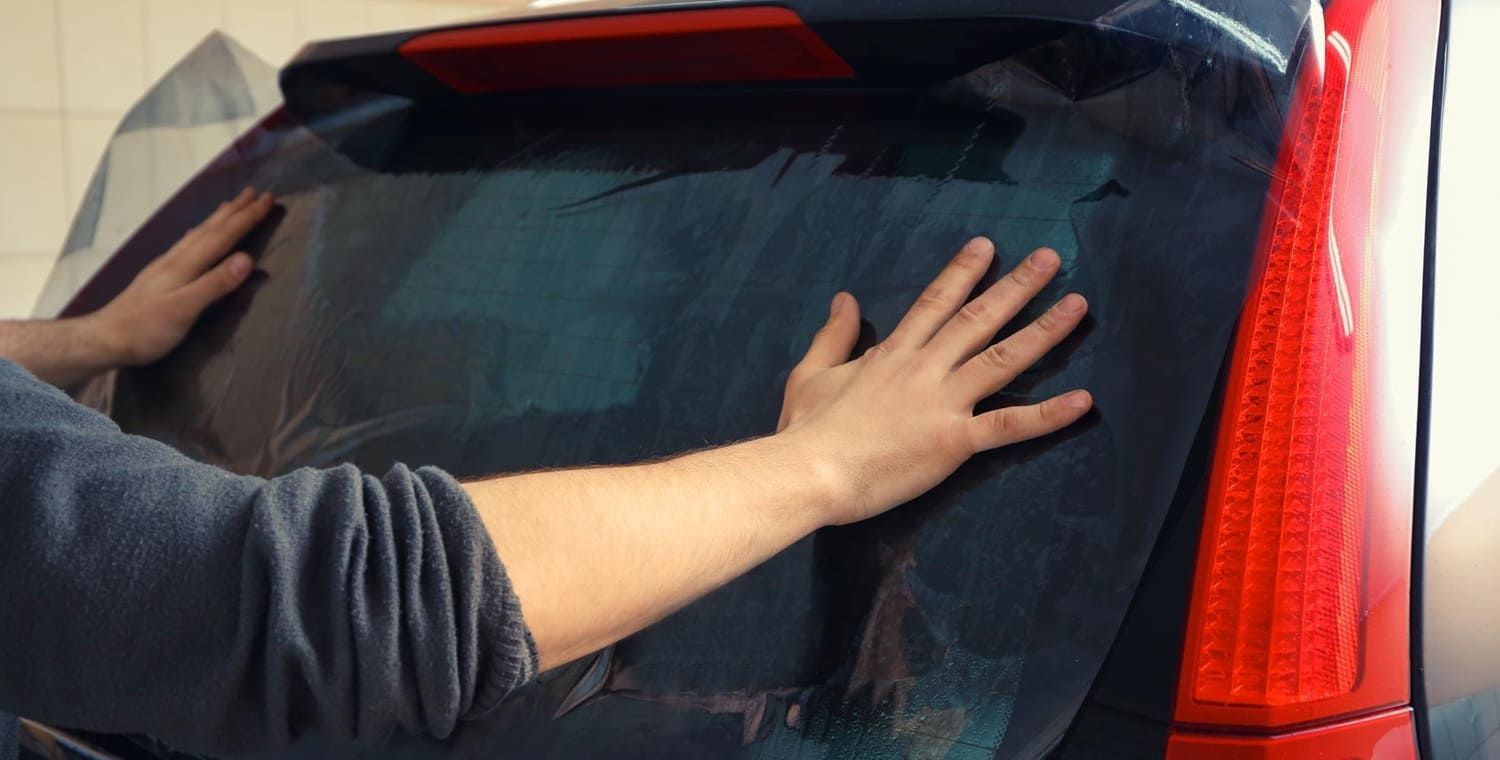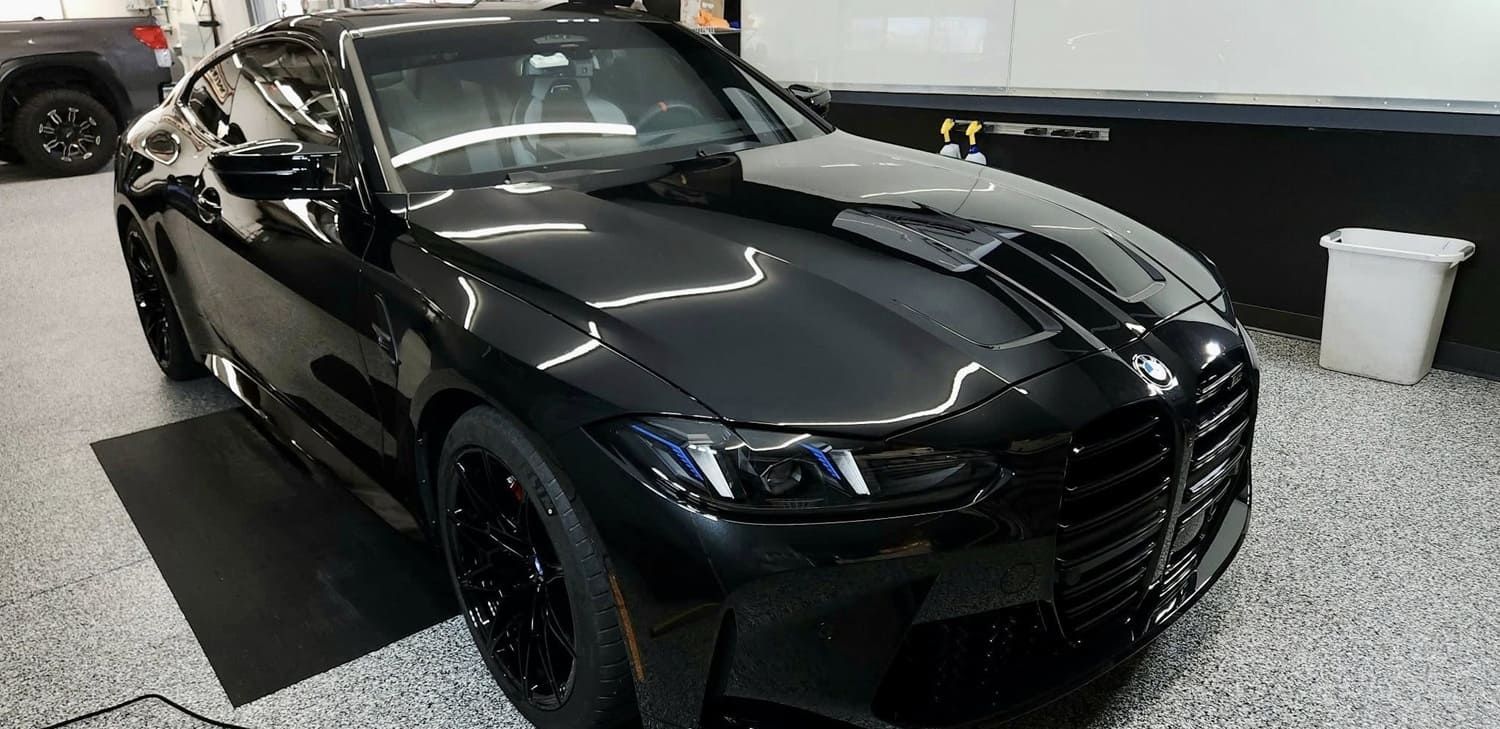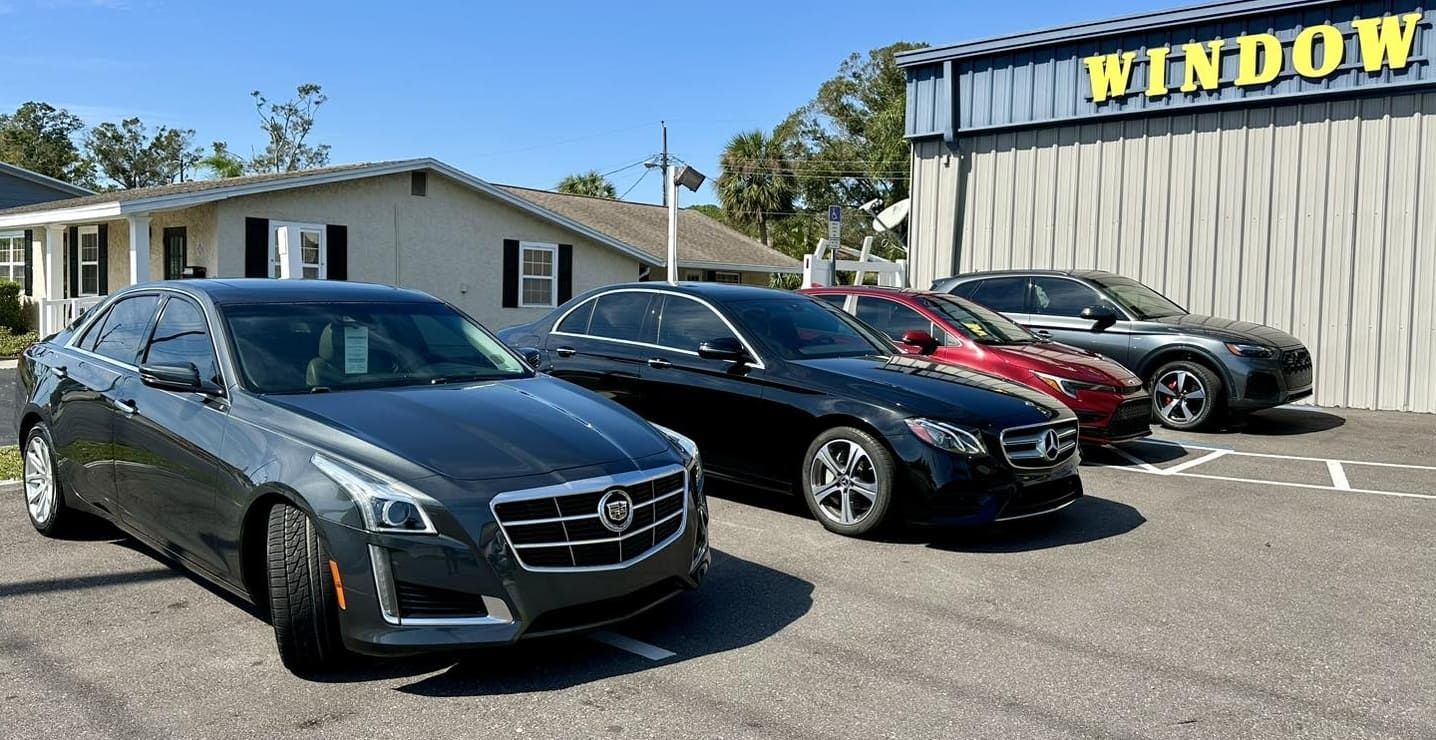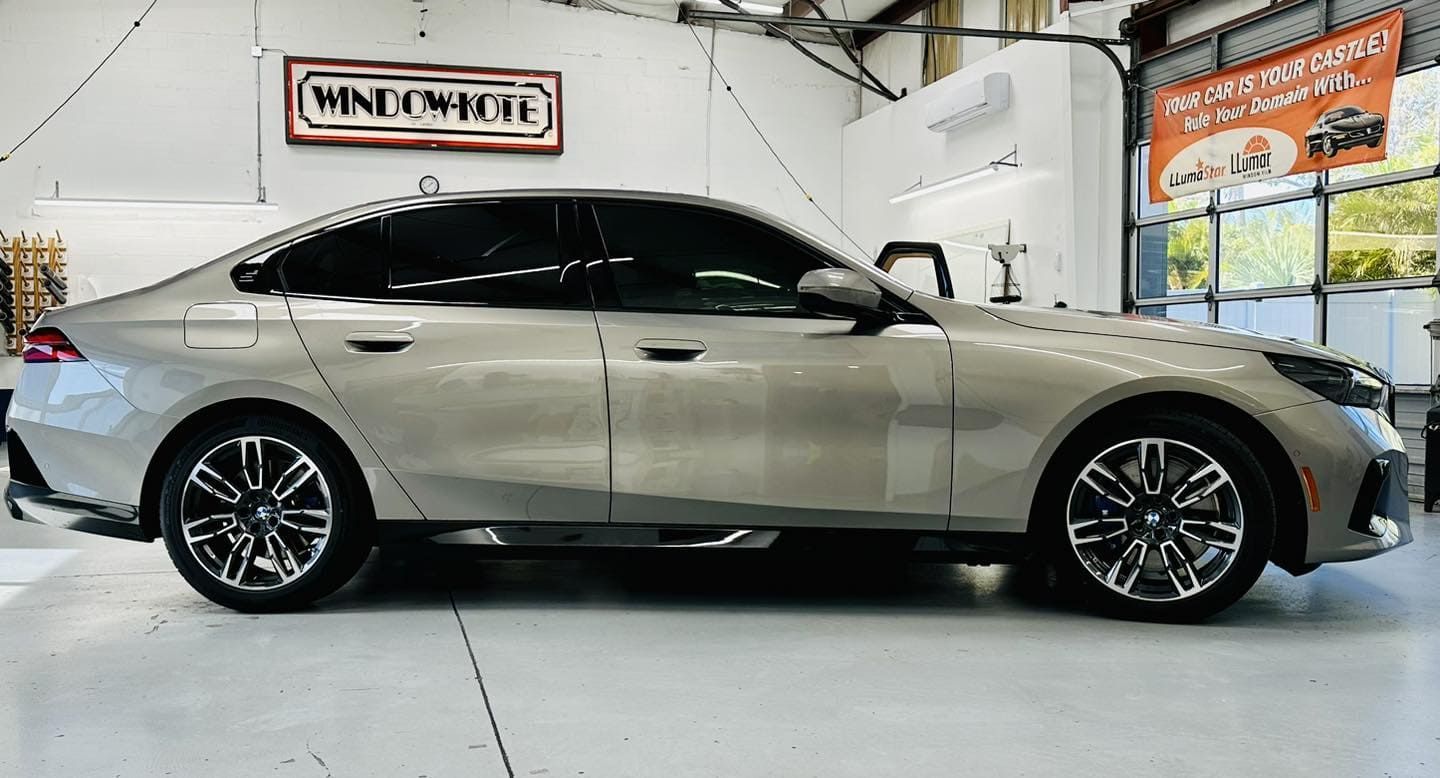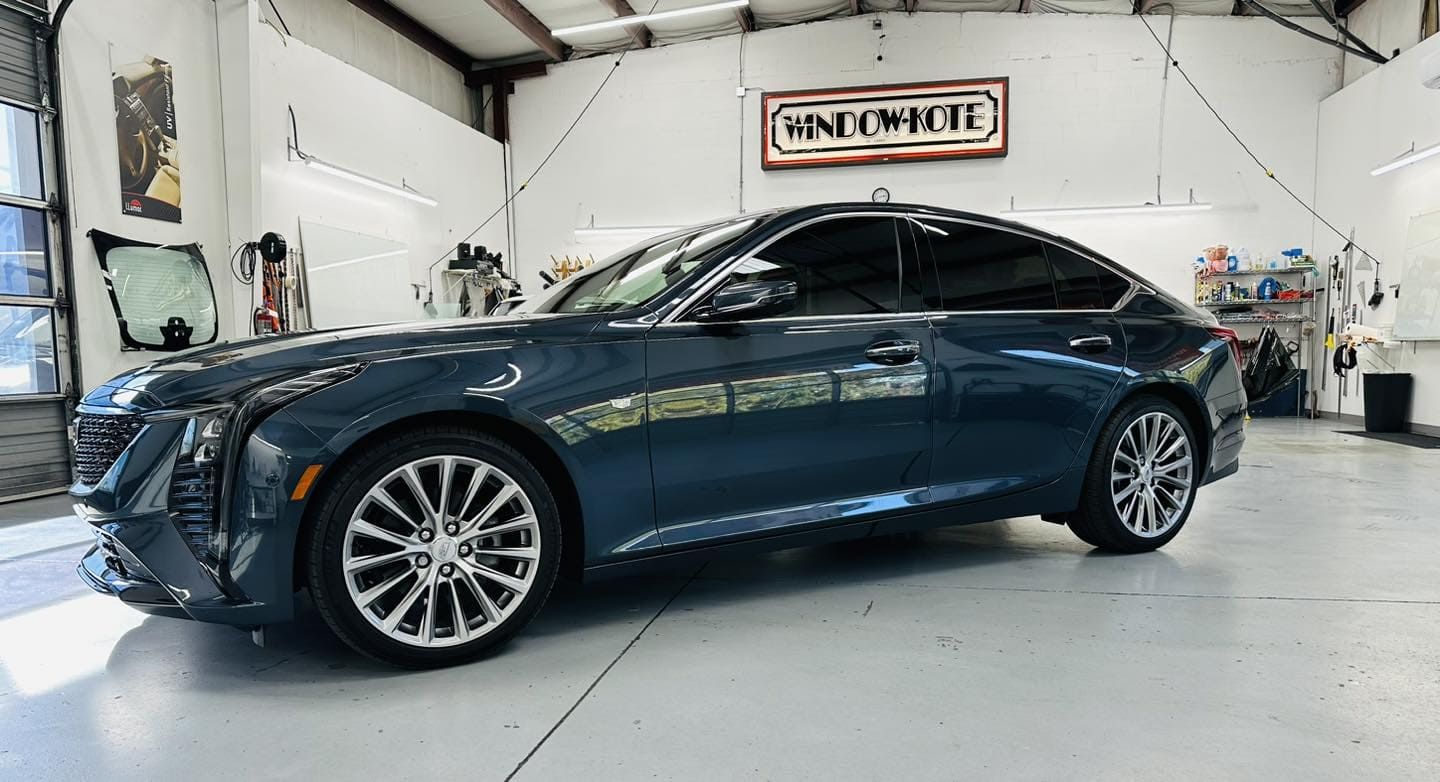The Dark Side of Illegal Tinting: What to Know
When it comes to customizing vehicles, window tinting is a popular option for many car owners. It provides a sleek appearance, offers UV protection, and enhances privacy. However, there's a murky side to this trend—illegal window tinting. While it might seem like a minor tweak, illegal tinting can lead to significant legal and safety issues that every car owner should be aware of.
Understanding the ins and outs of window tint laws can save you from legal trouble and ensure your safety on the road. Let's dive into what you need to know about illegal tinting, specifically in the context of Florida. By understanding the regulations and potential consequences, you can make informed decisions that keep you on the right side of the law and ensure a safer driving experience.
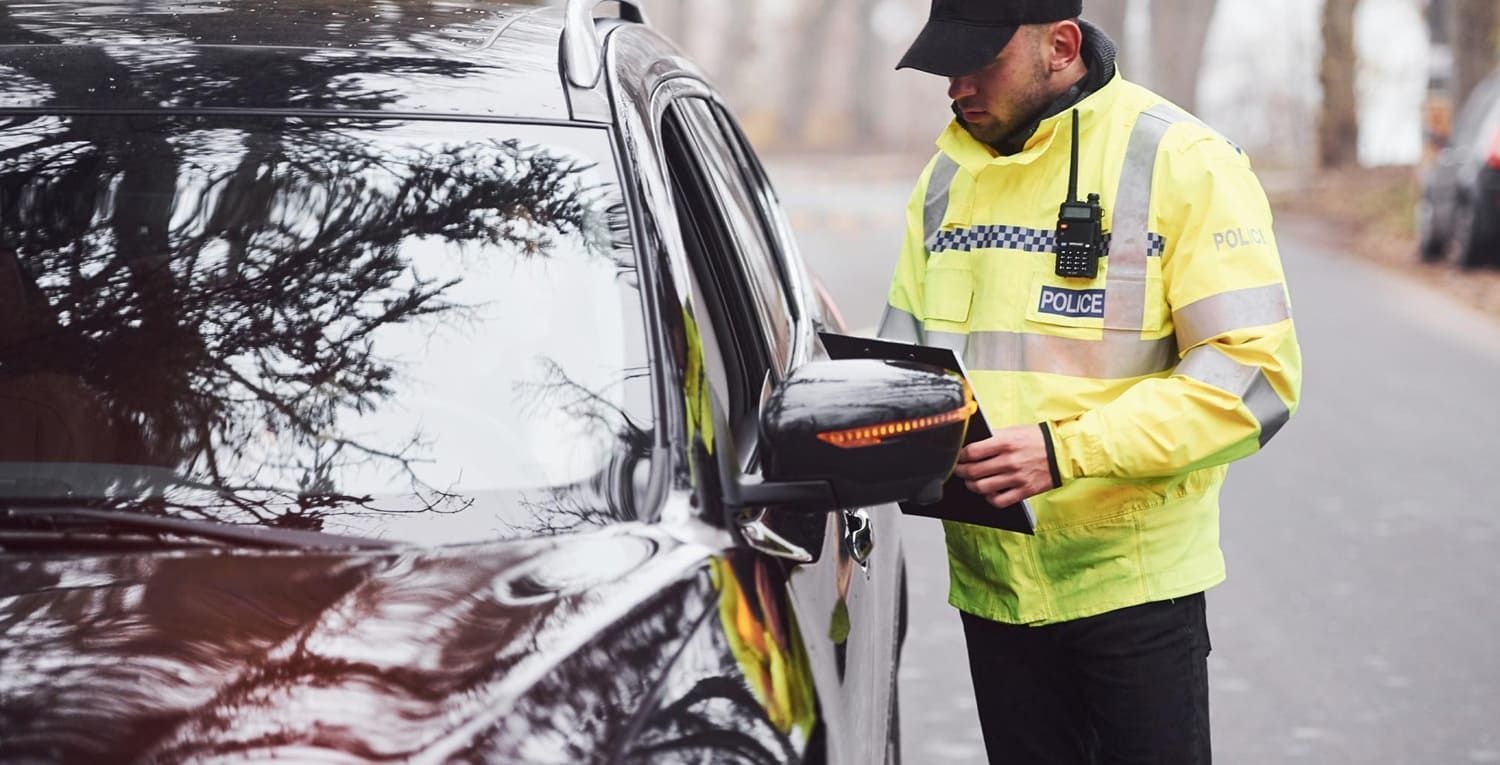
What Are Window Tint Laws?
Window tint laws regulate how dark or reflective your car window tint can be. These laws are in place to ensure that drivers have adequate visibility and that law enforcement officers can see inside vehicles if necessary. Each state sets its own legal limits on Visible Light Transmission (VLT), which refers to the percentage of light that can pass through the window tint and glass.
For example, if a window has a 50% VLT, it means that 50% of the light can pass through, and the rest is blocked. The lower the VLT percentage, the darker the tint. Understanding these limits is crucial, as a darker tint can impair your ability to see and react to road conditions, especially during night driving or adverse weather conditions.
Florida Window Tint Law
In Florida, the window tint laws are specific about how much tint is allowed on different windows of a vehicle. These regulations are designed to balance driver comfort and safety with visibility requirements:
- Front Windshield: Non-reflective tint is allowed above the manufacturer's AS-1 line. This ensures that the driver's view is unobstructed.
- Front Side Windows: Must allow more than 28% of light in. This regulation helps maintain clear visibility for the driver and ensures that law enforcement can see inside the vehicle if necessary.
- Back Side Windows: Must allow more than 15% of light in. While offering privacy, it still allows enough light to ensure safety.
- Rear Window: Must allow more than 15% of light in. Similar to the back side windows, this balance provides privacy without compromising safety.
These regulations are put in place to ensure visibility for drivers and law enforcement. Understanding and adhering to these laws is not only about compliance but also about ensuring safety on the road.
Risks of Illegal Window Tinting
Safety Hazards
Illegal tinting can significantly reduce visibility, especially at night or during inclement weather, increasing the risk of accidents. A darker tint might make it difficult for you to see pedestrians, cyclists, or other vehicles, which poses a serious safety risk. Reduced visibility can lead to slower reaction times and an increased likelihood of collisions, especially in complex driving environments.
Moreover, illegal tints can cause glare issues, making it difficult to see traffic lights, signals, and road signs. This can be particularly dangerous in high-traffic areas or during peak hours. The impairment of visual cues can lead to misjudgments and errors, potentially endangering yourself and others on the road.
Legal Consequences
Driving with illegal window tint can lead to fines and penalties. In Florida, if you're caught with an illegal tint, you may receive a non-moving violation. Additionally, you might be required to remove the tint and pay a fine, which can become a repetitive cost if the tint is not adjusted to meet legal requirements. These fines can accumulate, leading to unnecessary financial burdens.
Repeated violations can also lead to more severe legal consequences, such as increased fines or mandatory court appearances. Furthermore, having a record of traffic violations can affect your driving privileges and your ability to contest future infractions. Understanding the legal ramifications is key to avoiding these pitfalls.
Insurance Implications
Having illegal window tint can also affect your insurance coverage. In the event of an accident, if your tint is found to be illegal, your insurance company might refuse to cover damages, arguing that your vehicle was not compliant with the law at the time of the incident. This can leave you with significant out-of-pocket expenses.
Additionally, an illegal tint can be considered a vehicle modification, which some insurance policies may not cover. This could result in higher premiums or even cancellation of your policy. Ensuring compliance with tint laws can protect your financial interests and maintain your insurance coverage.
Why Legal Window Tint Matters
Ensuring Safety
Legal window tints are designed to balance privacy and safety. They allow enough light to pass through, ensuring that drivers have a clear view of their surroundings. This reduces the risk of accidents and ensures the safety of all road users. Proper visibility is crucial for making informed driving decisions and avoiding hazards.
Moreover, legal tints provide a standardized level of protection, ensuring that all vehicles on the road adhere to a safety baseline. This consistency helps create a predictable driving environment, reducing the likelihood of unexpected issues arising from visibility impairments.
Avoiding Legal Trouble
Complying with window tint laws helps you avoid unnecessary legal trouble. It saves you from fines and the hassle of having to remove or replace illegal tints. Staying within legal limits ensures peace of mind while driving. Legal compliance also enhances your reputation as a responsible driver, which can be beneficial in interactions with law enforcement.
Moreover, following the law helps maintain the integrity of road safety regulations, contributing to a safer driving environment for everyone. By adhering to legal standards, you set an example for others, promoting a culture of compliance and safety on the roads.
Protecting Your Investment
Legal tints can enhance the appearance of your vehicle without the risk of penalties. They also protect the interior of your car from UV rays, which can cause fading and damage over time. This protection helps maintain the resale value of your vehicle and prolongs the lifespan of interior materials, such as upholstery and dashboard components.
Furthermore, legal tints can improve your driving comfort by reducing glare and heat buildup inside the vehicle. This creates a more pleasant driving experience and reduces the need for excessive air conditioning, potentially saving on fuel costs.
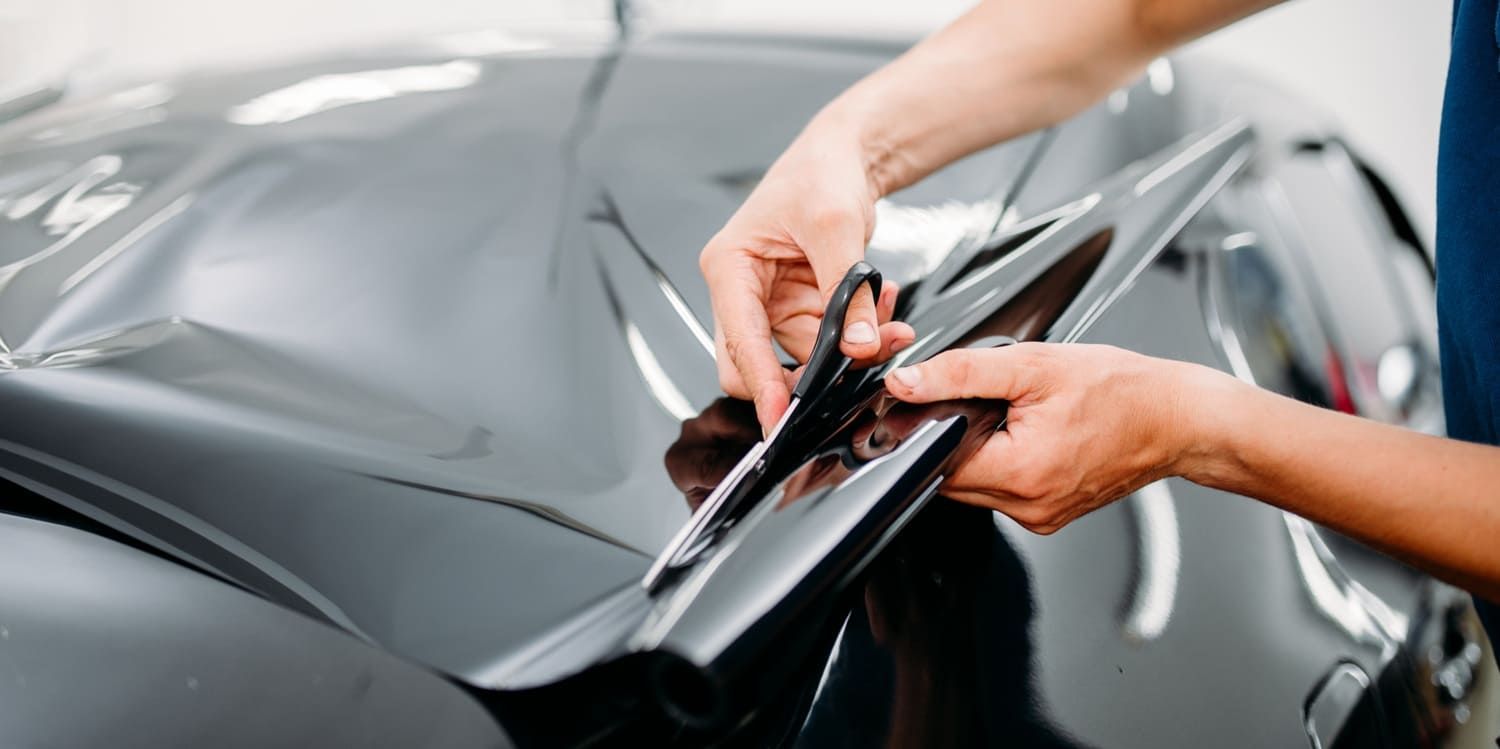
Tips for Complying with Window Tint Laws
Know Your State's Laws
Before applying window tint, familiarize yourself with your state's specific window tint laws. Keep in mind that these laws can change, so it's a good idea to check for updates regularly. Staying informed about regulations helps you make educated decisions about your vehicle modifications.
Consider consulting official state resources or legal experts to ensure that you have the most accurate and up-to-date information. This proactive approach can help you avoid unintentional violations and their associated consequences.
Choose a Reputable Installer
Select a reputable window tinting service that understands and complies with local laws. Professional installers will ensure that the tint is applied correctly and within legal limits. They can also provide valuable advice on the best tint options for your needs and preferences.
Working with experienced professionals reduces the risk of installation errors and ensures that your tint job meets quality standards. Additionally, reputable installers often offer warranties or guarantees, providing you with added peace of mind.
Consider the Benefits of Lighter Tints
While darker tints may offer more privacy, lighter tints can still provide UV protection and a sleek look without violating legal standards. Consider the benefits of choosing a lighter tint that complies with the law. Lighter tints can enhance visibility while still offering protection from harmful sun rays and reducing glare.
Moreover, lighter tints are often more versatile, complementing a wider range of vehicle styles and colors. By opting for a compliant tint, you can enjoy the aesthetic and functional benefits without the risk of legal repercussions.
Use a Tint Meter
If you're unsure whether your current tint complies with legal standards, consider purchasing a tint meter. This device measures the VLT percentage, helping you ensure your tint is within legal limits. Regular checks with a tint meter can help you stay compliant and avoid potential fines.
Having a tint meter is a practical tool for vehicle owners who frequently modify their cars. It provides a quick and reliable way to verify that your tint meets legal requirements, giving you confidence in your compliance.
Conclusion
Illegal window tinting might seem like a minor infraction, but it carries significant risks and consequences. At Window Kote of Largo, your trusted FormulaOne Auto Window Tint Dealer serving Largo, FL, we ensure every installation complies with Florida tint laws—providing premium protection, style, and peace of mind.
Understanding and complying with window tint laws is essential not only for your safety and legal standing but also for maintaining your insurance coverage. Legal, professional tinting promotes a safer driving environment and helps you avoid fines or potential issues during vehicle inspections.
Before tinting your windows, make sure you’re informed about local regulations. Contact Window Kote of Largo today for your free estimate and expert advice on legal, high-performance tint options.
By choosing compliant tints and prioritizing safety, you protect your investment, uphold your legal standing, and enjoy the full comfort and performance benefits of premium window tinting—without the legal risk.



